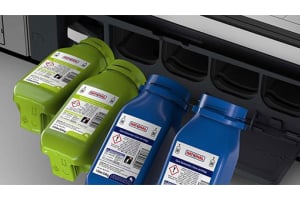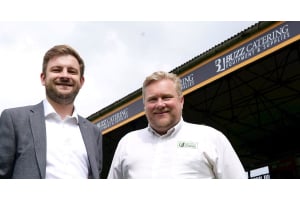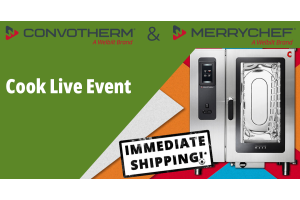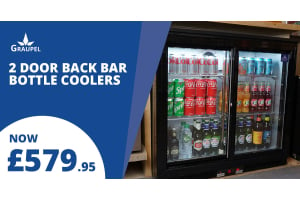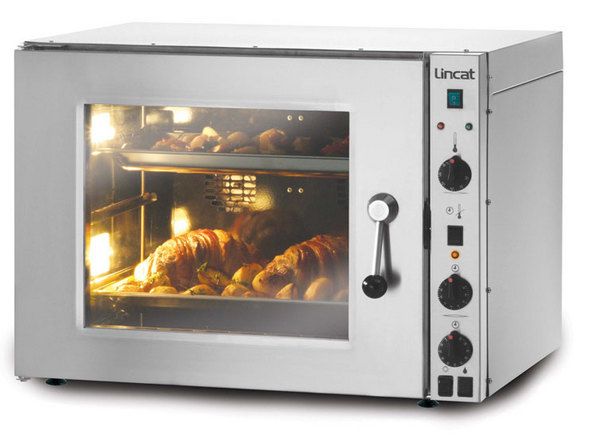
A commercial convection oven uses a stable and uniform temperature through the cooking cabinet regardless of the food’s positioning inside. Using fans, heat is distributed evenly through the oven; this reduces pre-heating time and cuts down cooking times. Unlike with commercial oven ranges the mass majority of convection ovens do not include gas or electric hobs on top.
Why would you choose a convection oven?
- By distributed heat directly over the food, it increases the cooking speed thus increases your output and lowers waiting times for customers.
- To prevent heat rising creating an uneven temperature in the cabinet, convection ovens circulate heat ensuring a consistent temperature throughout the cavity. This makes convection ovens excellent at cooking large batches of food without having the batch cooked inconsistently
- In addition to the cooking speed increasing, as the food is cooking faster there is less time for food products to shrink or dry increasing the yield, for example, meat has less time to shrink, and juices are retained meaning there more product to sell over wastage improving your margins.
- The circulating hot air helps across the surface of the food helps to render fat and brown skin faster, this makes convection ovens perfect for cooking meats such as chicken, turkey and duck.
Note: while Convections Ovens are available in gas or electric configurations, all of them will require an electrical connection to power the fan, as a result of this, electric convections are far more prevalent and widespread in commercial kitchens.
Things to consider
Manual vs Programmable - For total precision, a programmable convection oven will allow kitchen staff and the chef full control of the cooking process allowing them to set automatic adjustments to heat and speed of the pan with only a single button. However, with the more advanced technology comes at a higher price.
Hardwired or Plug-In – Larger convections ovens will require connection to a mains power supply, this will be done via either single phase or 3 phase. This guarantees sufficient power but means that mobility of the machine is severely reduced which can hinder cleaning and may require professional installation. Plug-in variants have the advantage of increased mobility, which makes them ideal for event catering where additional power options might be limited.
Countertop, Stand or Stacking – Requirements for catering establishments will change depending on the needs of each establishment. For example, a small independent café may only need a countertop for pastries such as croissants, fresh bread, pies whereas a busy chain bakery firm may require stacked units solved by using stacking kits, which will help them to make more efficient use of the kitchen space
Gastronorm pans vs baking trays – Baking trays are suited for use in convection ovens, where the shallow sides allow for better airflow across the food. However, gastronorm compatible ovens have the advantage of cross-compatibility with other equipment in the kitchen such as Bain Marie’s, hot holds and refrigerator racking. This feature allows for quick and easy transferring of food directly from one piece of equipment to another without moving the contents to different containers.



